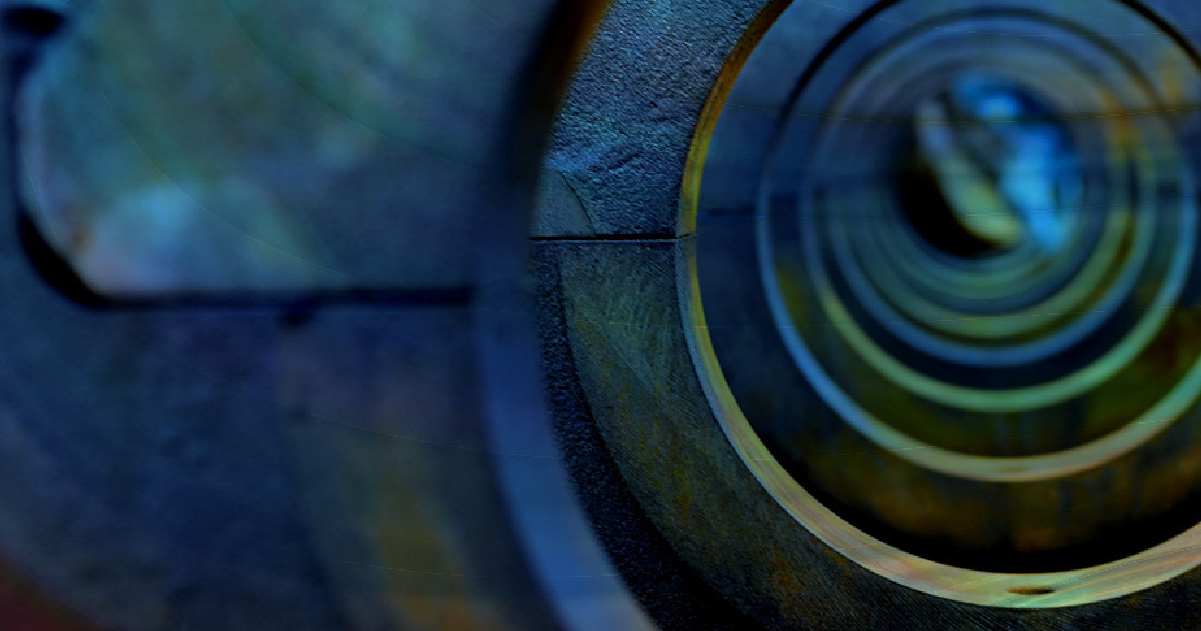
The Circular Economy In Detail
By ELLEN MACARTHUR FOUNDATION on ellenmacarthurfoundation.org
More about this content:
This learning path explores the nuances of the concept of a circular economy, including the difference between biological and technical materials, the different opportunities that exist to keep products and materials in use, and the history of the idea. It is based on three principles: design out waste and pollution, keep products and materials in use, and regenerate natural systems. The potential benefits of shifting to a circular economy extend beyond the economy and into the natural environment. It is estimated that a circular economy could increase the disposable income of the average European household and reduce carbon dioxide emissions by 2030. Understanding this shift in mindset lays the groundwork to many of the practicalities of shifting our economy from linear to circular.
Explore below learning paths to discover the previous and next steps for understanding this concept.
Kathrin Baier
Introduction to sustainability
Curated From:
Laila Linna
Macroeconomics For Better Understanding The world
Curated From:
Laila Linna
The transition to a green economy and its challenges
Curated From:
